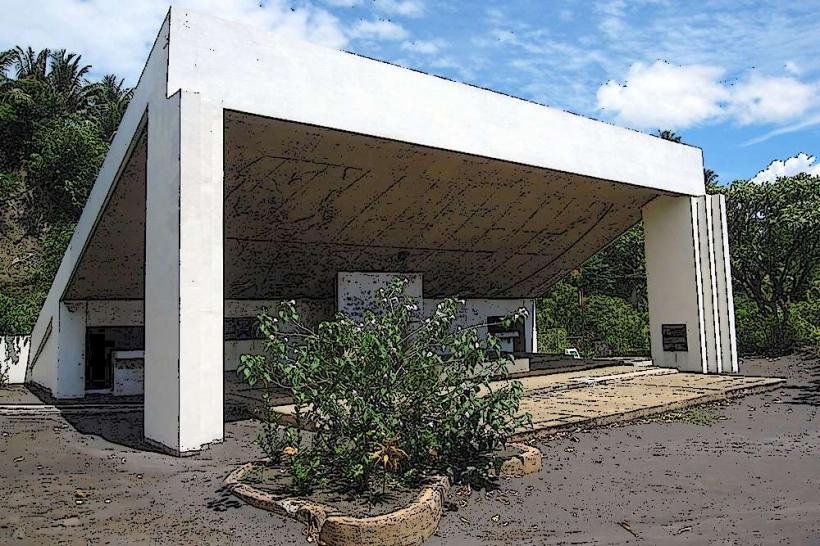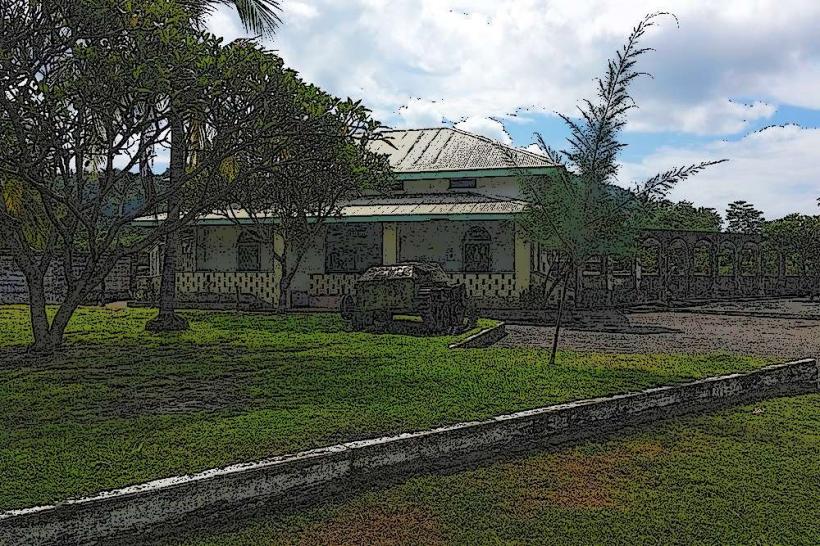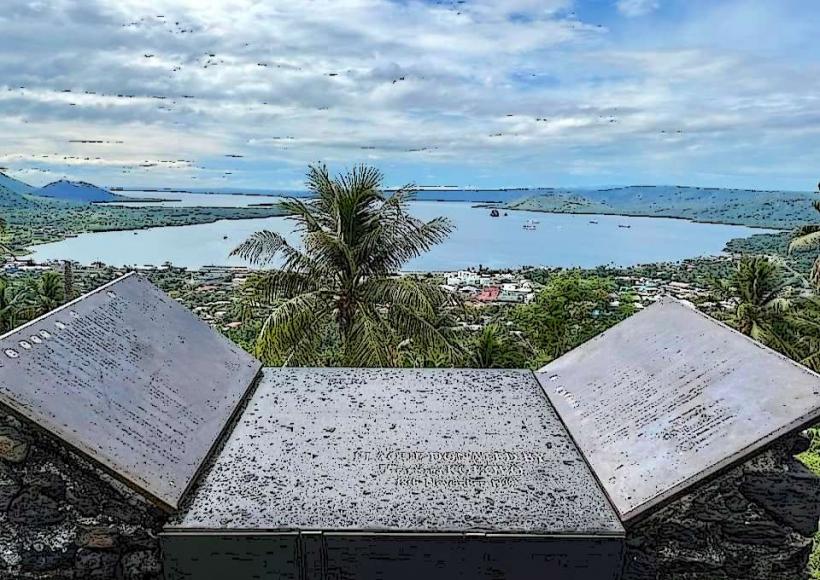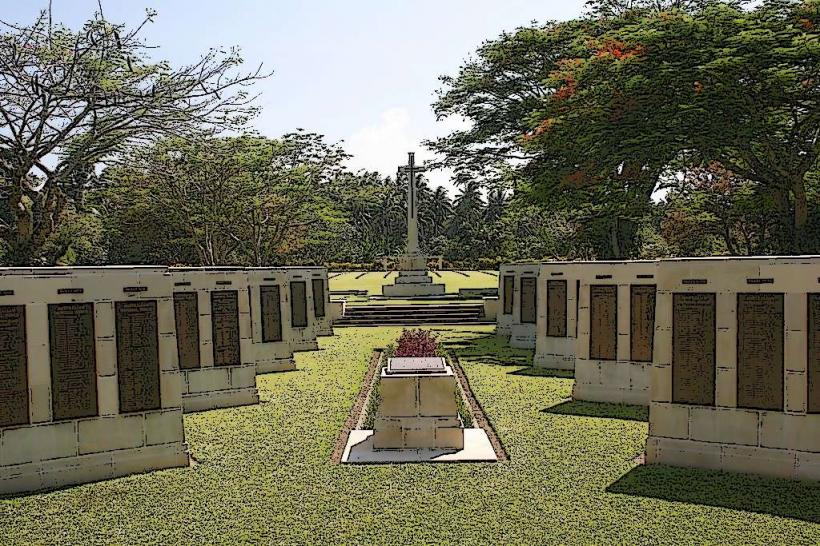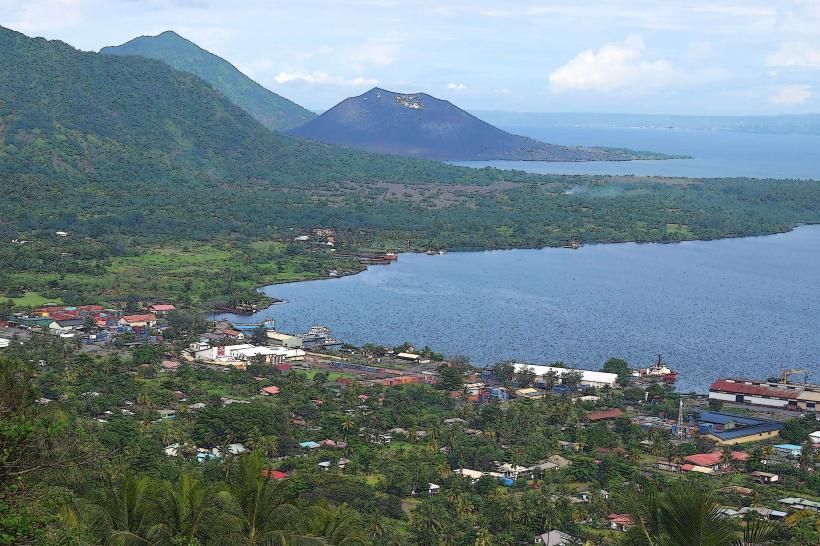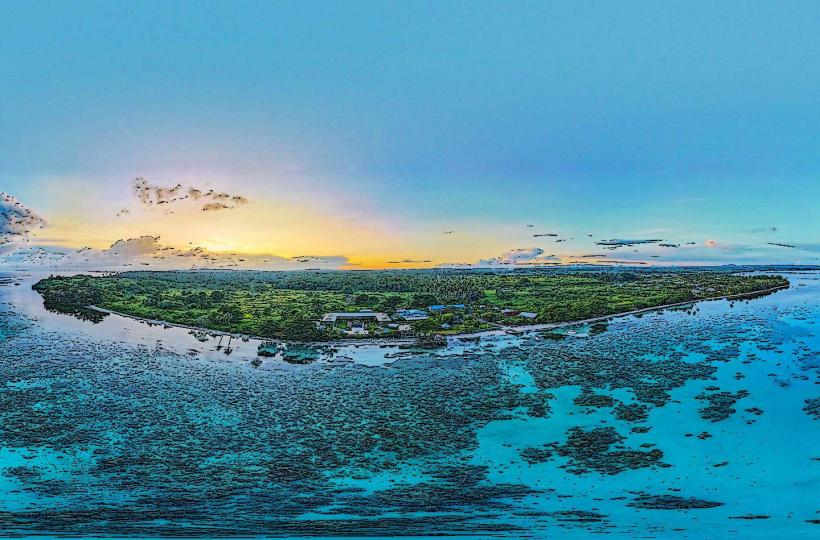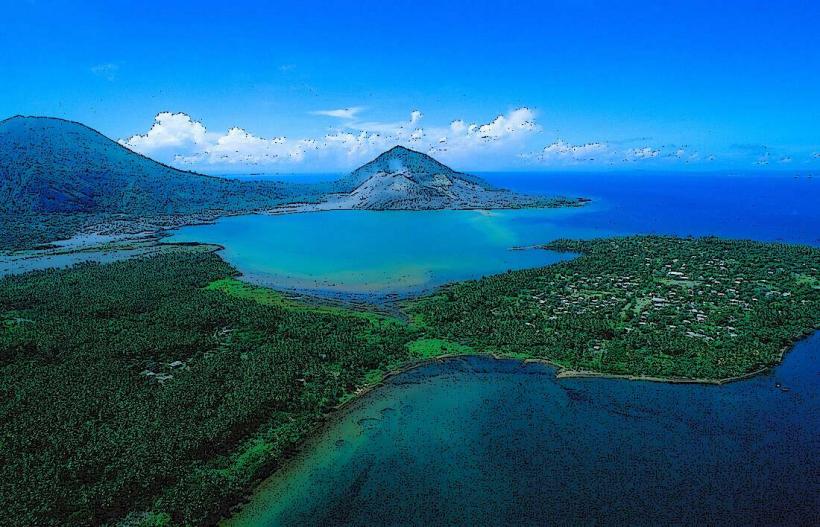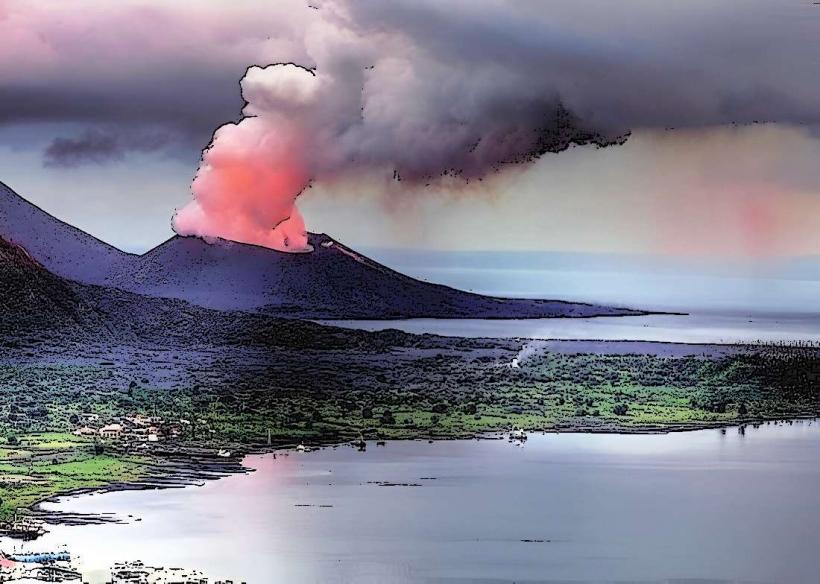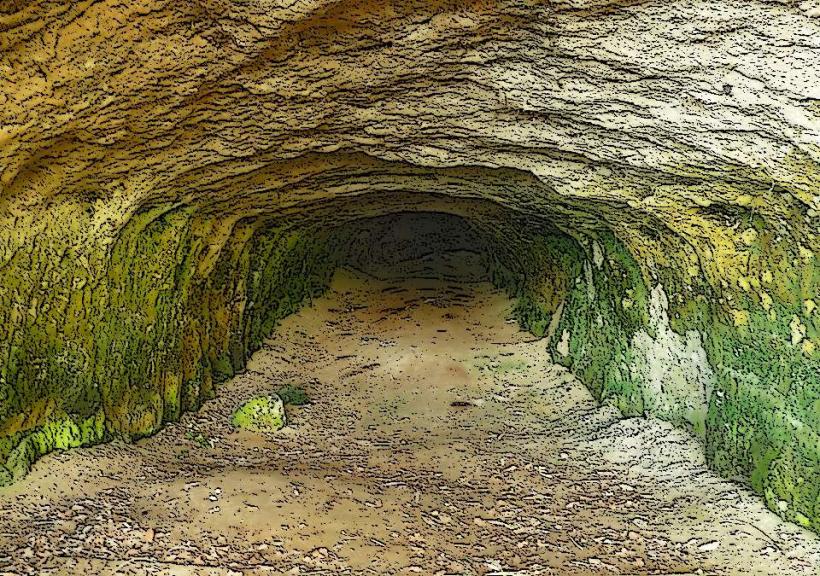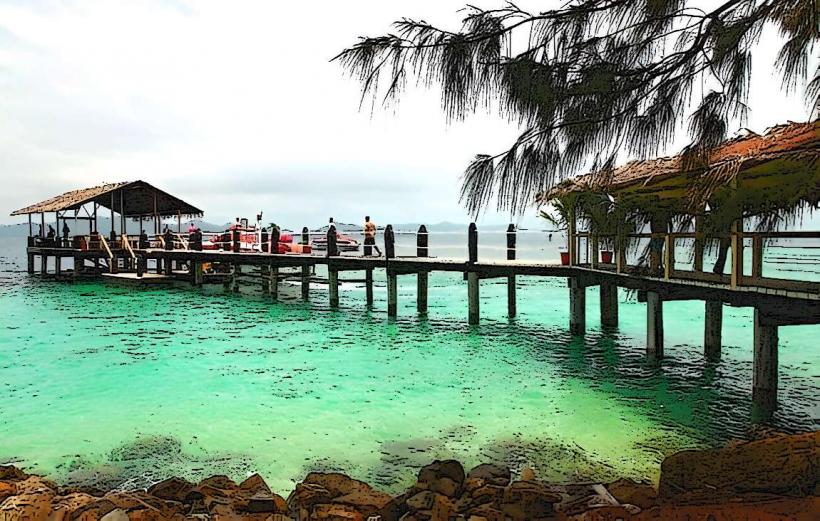Information
Landmark: Victory HillCity: Rabaul
Country: Papua New Guinea
Continent: Australia
Victory Hill is a historically significant location in Rabaul, East New Britain Province, Papua New Guinea, known for its role in World War II, particularly during the Pacific Campaign. The hill is located near the town of Rabaul on the Gazelle Peninsula and offers a commanding view of Rabaul Harbour, the surrounding volcanic terrain, and the Tavurvur Volcano.
Key Features and Historical Significance:
Role in World War II:
- Victory Hill played a pivotal role during the Pacific War, specifically in the Battle of Rabaul, which was one of the most critical campaigns in the South Pacific. The Japanese forces had fortified Rabaul and its surrounding areas to defend against Allied forces, and Victory Hill was part of this defensive network.
- The hill was the site of a significant Allied victory in 1945 when Australian forces captured it from the Japanese Imperial Army. The hill’s strategic position allowed the Allies to gain control of a key observation point overlooking the harbor and the surrounding landscape, facilitating further operations against the Japanese in the region.
Strategic Location:
- Victory Hill is located on the edge of the Rabaul Caldera, providing a clear view of Rabaul Harbour and the volcanic landscape of the Gazelle Peninsula. This vantage point made the hill a valuable asset for both the Japanese forces, who used it for defense, and the Allied forces, who used it to plan their attacks.
- The area around Victory Hill also provided natural fortifications, making it difficult to attack or defend. The volcanic terrain and steep slopes around the hill made military operations in this area challenging.
Japanese Fortifications:
- During the Japanese occupation of Rabaul, Victory Hill was heavily fortified with bunkers, machine gun emplacements, and artillery positions. The Japanese forces used the hill as a lookout and as a point to direct artillery fire at advancing Allied troops.
- The Japanese constructed extensive defensive positions on the hill, and remnants of these fortifications can still be seen today. Japanese tunnels, pillboxes, and gun emplacements are scattered across the area, and many of these structures are open to visitors.
Allied Capture and Aftermath:
- Victory Hill was captured by Australian forces in 1945, as part of the final push to recapture Rabaul from the Japanese. The Allied forces were able to use the hill to secure control over the region, which was essential for the strategic bombing campaigns and the eventual defeat of the Japanese in the Pacific.
- The capture of Victory Hill was an important victory for the Allied forces, as it weakened the Japanese defense around Rabaul and allowed the Allies to continue their advance in the South Pacific. The success at Victory Hill was one of the key moments in the Australian Army's efforts to reclaim the area.
Tourism and Legacy:
- Victory Hill has become an important historical site for visitors interested in World War II history. The hill is part of wartime heritage tours around Rabaul and Kokopo, where tourists can explore the Japanese fortifications, visit the memorials commemorating the battle, and learn about the events that took place there.
- Remnants of World War II can be found at Victory Hill, including Japanese bunkers, artillery positions, and tunnels. The area is well-maintained for tourists, with guided tours available to provide historical context and insight into the strategic significance of the location.
- Victory Hill offers sweeping views of Rabaul Harbour, the surrounding volcanic terrain, and Tavurvur Volcano, providing not only a historical experience but also an opportunity to appreciate the natural beauty of the region.
- The Victory Hill War Memorial commemorates the sacrifice of soldiers who fought and died in the Battle of Rabaul, and the site serves as a symbol of peace and the enduring legacy of the war.
Cultural and Educational Importance:
- The hill is not only a site for military history but also an important place for reflecting on the cultural and historical impact of World War II on the local communities. Many local Papuan civilians were forced to work under the Japanese during the occupation, and their stories, along with those of the soldiers, are an integral part of the region's wartime history.
- The site is a valuable resource for understanding the history of the Pacific War, the role of Papua New Guinea in the conflict, and the experiences of both Japanese and Allied forces during the campaign.
Conclusion:
Victory Hill in Rabaul, Papua New Guinea, is a key site for understanding the events of World War II in the South Pacific. Its strategic location, historical significance, and the remnants of Japanese fortifications make it a fascinating destination for military history enthusiasts and tourists alike. The hill's role in the capture of Rabaul by Allied forces in 1945 marks it as a symbol of victory and resilience during a pivotal moment in the war. Today, Victory Hill stands as a reminder of the sacrifices made during the conflict and offers a glimpse into the challenges faced by both sides in the struggle for control of the Pacific.

